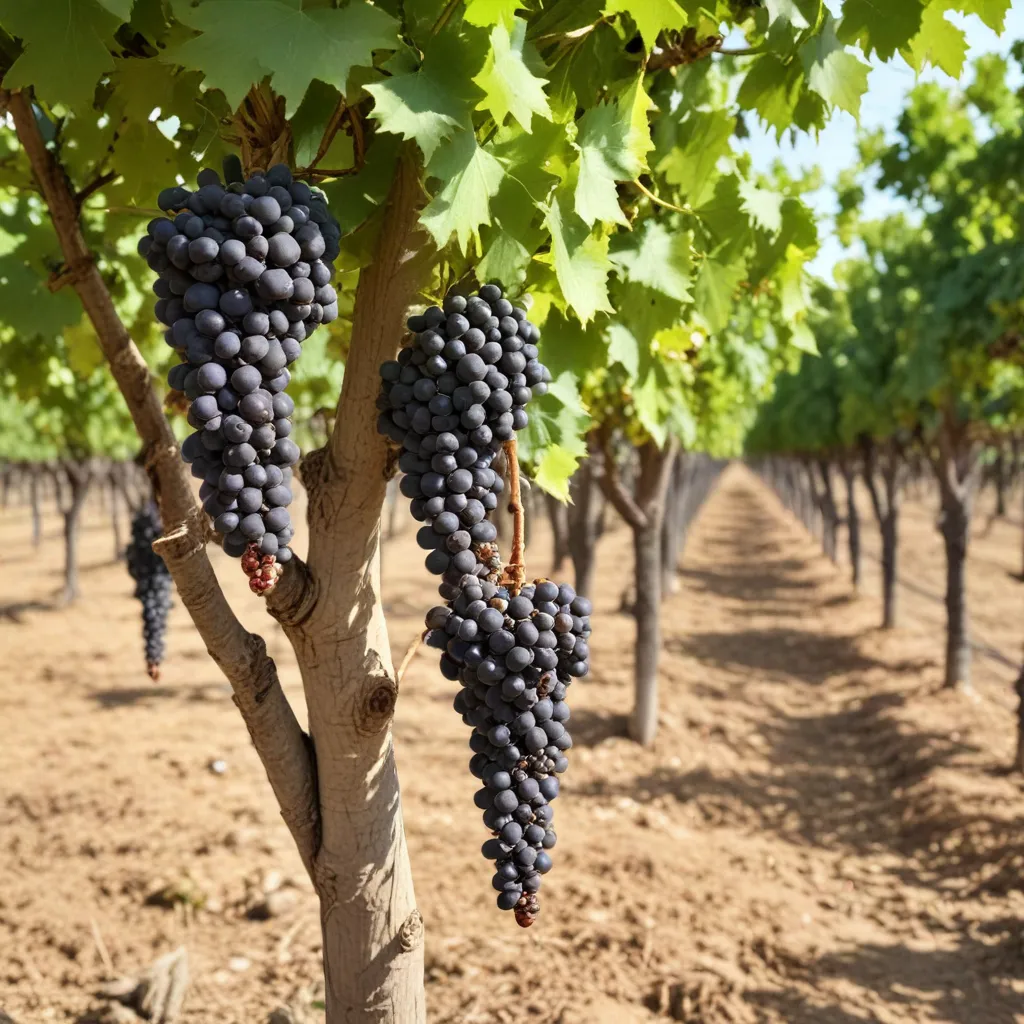
Exploring the Impact of Grapevine Rootstock Selection on Wine Quality
Grapevine rootstocks play a pivotal role in the quality and resilience of wines, yet their influence is often overlooked by casual wine enthusiasts. As a hospitality and wine expert writing for the Wine Garden Inn, I’m excited to delve into the fascinating world of rootstock selection and its impact on culinary delights, food & wine pairings, and the overall winemaking journey.
Grapevine Rootstock Selection
At the core of every great wine is the grapevine, and the foundation of that vine is its rootstock. Rootstocks are selected for their ability to adapt to specific soil conditions, resist pests and diseases, and even influence the growth and development of the scion (the upper part of the vine that produces the grapes).
Rootstock Characteristics
Rootstocks differ in their capacity to absorb nutrients, explore the soil, and tolerate environmental stresses like drought, high pH, or salinity. For example, Vitis riparia rootstocks prefer moist soils, while V. Berlandieri and V. Rupestris thrive in drier, more alkaline conditions. Understanding these rootstock characteristics is crucial when matching them to the terroir and scion variety.
Rootstock Adaptations
Historically, the widespread adoption of grafting grapevines onto rootstocks was driven by the devastating Phylloxera aphid outbreak in Europe during the 19th century. American Vitis species, which are naturally resistant to Phylloxera, were used to create hybrid rootstocks that could protect the more susceptible European Vitis vinifera varieties.
Today, rootstocks are selected not only for Phylloxera resistance but also for their ability to mitigate other biotic stresses, such as nematodes, as well as abiotic factors like soil acidity, drought, and salinity.
Rootstock Influence on Scion
The choice of rootstock can have a significant impact on the growth, vigor, and maturation of the scion variety. Some rootstocks promote excessive vigor, leading to dense canopies that can negatively impact fruit quality and ripening. Others may induce a short-cycle that enhances cold hardiness in cool-climate regions. Careful consideration of the scion-rootstock combination is essential for achieving the desired vine balance and grape attributes.
Influence on Wine Quality
Contrary to the perception that own-rooted vines produce superior wines, the impact of rootstocks on wine quality is often indirect, mediated through their influence on vine vigor and canopy structure.
Grape Yield and Composition
Studies have shown that rootstocks have little direct effect on the anthocyanins, tannins, and other compounds associated with grape and wine quality. The primary influence of rootstocks is on yield and berry size, which can then impact the fruit-to-juice ratio and ultimately the concentration of desirable compounds.
Vine Vigor and Canopy Structure
Rootstocks that promote moderate vigor and an open, well-exposed canopy tend to result in grapes with better fruit maturation and flavor development. Excessive vigor can lead to shaded fruit and delayed ripening, while insufficient vigor may prevent the canopy from fully supporting the crop load.
Grape and Wine Sensory Attributes
While rootstocks may not directly influence the sensory profile of the wine, their impact on vine physiology can indirectly affect the aroma, mouthfeel, and overall balance of the final product. Rootstocks that enhance fruit quality and concentration can contribute to more complex, age-worthy wines.
Environmental Factors
Grapevine rootstocks are selected not only for their inherent characteristics but also in response to the specific environmental conditions of the vineyard site.
Soil Conditions
Soil properties such as pH, texture, drainage, and nutrient availability can vary significantly, and the choice of rootstock must be tailored accordingly. For example, calcareous soils with high lime content may favor rootstocks with V. Berlandieri parentage, while coarse, well-drained soils may be better suited to V. Riparia or V. Rupestris-based rootstocks.
Climate Considerations
In cool-climate regions, the selection of a short-cycle rootstock can help ensure timely fruit maturation and winter hardiness. Conversely, in warmer regions, rootstocks that promote moderate vigor and delayed maturity may be preferred to maintain balanced canopy development and fruit quality.
Rootstock Selection Strategies
Choosing the optimal rootstock-scion combination is a complex process that requires a deep understanding of both the vineyard site and the characteristics of the available rootstock options.
Cultivar-Rootstock Matching
Winemakers and viticulturists must carefully evaluate the suitability of different rootstocks for their specific scion varieties and growing conditions. This often involves field trials and experimental evaluations to assess the performance of various rootstock-scion pairings.
Experimental Evaluation Approaches
Rootstock trials can provide valuable insights into the impact on vine growth, yield, fruit composition, and wine quality. These trials also help identify rootstock-specific adaptations to factors like nematode resistance, drought tolerance, and cold hardiness.
Practical Implications for Winegrowers
By understanding the role of rootstocks in viticulture, winegrowers can make informed decisions to optimize their vineyard management practices and, ultimately, the quality of their wines. The selection of the right rootstock can enhance the resilience of the vines, improve resource use efficiency, and contribute to the terroir-driven characteristics of the final product.
The world of grapevine rootstocks is a fascinating and often underappreciated aspect of winemaking. By carefully considering the interplay between rootstock, scion, and environment, winegrowers can unlock the full potential of their vineyards, delivering exceptional wines that reflect the unique terroir of the Wine Garden Inn and its surrounding region. As we continue to explore the impact of rootstock selection, we’ll uncover new insights that will shape the future of the wine industry and the exceptional culinary experiences we offer at the Wine Garden Inn.
